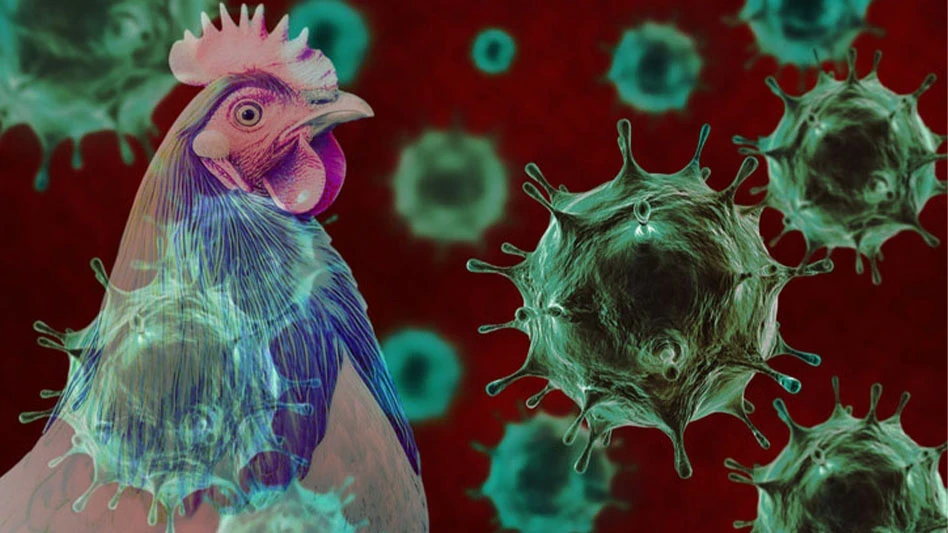
Data-driven rodent control can be a game changer for identifying rodent harborages, mapping activity and informing a pest control strategy. These systems monitor traps and bait stations for rodent activity.
“The industry has made some incredible advances,” said Shannon Sked, Ph.D., B.C.E., fumigation director at Western Fumigation in Parsippany, N.J. He has published two papers on the subject and says even in the last couple of years, remote monitoring and its software have become more accurate, accessible and feature-packed.
Basically, remote monitoring systems consist of sensors mounted on devices that identify when a critter is present or a trap closes. The data is transmitted via an app, and PMPs are alerted.
It’s not a mainstream concept for many QA specialists — 53% said they are familiar with remote monitoring, and only 17% are very familiar. Forty-seven percent had no idea.
William Hoffman explains how his company uses the technology. “Before, pest control was more of a reactive business, but now we have this information maybe even before someone sees activity,” said the president and CEO of Hoffman’s Exterminating Co. in Mantua, N.J.
“In the past, service time was spent checking traps or some type of device, but now we can use this technology to pinpoint problem areas,” Hoffman added.
For instance, if two facilities are experiencing the same pest problem and they are in the same geographic area, “maybe it’s stemming from a supplier, a delivery, the way they are receiving deliveries, their best practices,” Hoffman said.
Sked added that these systems now include features allowing you to extract data and create heat maps. “That’s where the value is,” he said.
Remote monitoring is not a stand-in for pest management. It is a data collection tool.
“But if you look at remote monitoring as a way to reduce labor requirements or contract costs, you will fail,” Sked said. “That is not what the technology is intended for. It’s designed to give real-time feedback and information to pest management professionals so they can make informed decisions.”

Explore the July August 2023 Issue
Check out more from this issue and find your next story to read.
Latest from Quality Assurance & Food Safety
- Seeding The Future Global Food System Challenge Finalists Revealed
- TraceGains Launches AI-Powered Intelligent Document Processing to Improve Ingredient Safety, Compliance
- IFT Virtual Workshop on Food Fraud Prevention to Address Supply Chain Disruptions
- Penn State Course Covers Fundamentals of Food Science
- Joint FAO/WHO Expert Committee on Food Additives Seeks Experts
- FDA Reschedules Webinar on Updated ‘Healthy’ Claim
- Thousands More Laid Off at FDA, CDC in HHS Restructuring
- USDA Extends Deadline on Request for Information for Poultry Quality Standards





